5. 구약성경 목록의 이해
1)<역사서> 17권
역사는 시간을 타고 흘러가기에 이 <역사서> 17권의 책들은 시간 흐름을 따라 어느 위치에 놓일지 순서가 분명하기에 17권을 비슷한 시기끼리 모아서 정리합니다.
창조시대 ➡ 창세기1~11장 : 인류 일반 역사
족장시대 ➡ 창세기12~50장 : 이스라엘 국사의 시작
모세시대 ➡ 출애굽기/ 레위기/ 민수기/ 신명기
사사시대 ➡ 여호수아/ 사사기/ 룻기/ 사무엘상/ 사무엘하
왕정시대 ➡ 열왕기상/ 열왕기하/ (역대상)/ 역대하 *(역대상)은 창조~다윗 역사임
포로시대 ➡ 에스라/ 느헤미야/ 에스더
2)<시가서> 5권(성문서, 聖文書) : 욥기, 시편, 잠언, 전도서, 아가서
이스라엘 역사에 따르면 세 부류의 사람들이 각기 다른 방법으로 백성들에게 하나님의 말씀을 전했습니다. 즉 제사장들은 율법을 알렸고, 지혜자들은 모략을 베풀었으며, 선지자들은 하나님의 말씀과 미래 일들을 전했습니다. 제사장들은 성전을 중심으로 활동했고, 지혜자들은 지혜학교를 세워 제자들을 가르쳤으며, 선지자들은 선지자 학교에서 후계자들을 양성했습니다.
지혜문학은 고대 근동의 여러 나라에서도 발견되고 있는데 이스라엘의 지혜문학은 여호와에 대한 신앙을 토대로 이루어져 있다는 점에서 질적으로 주변 나라의 지혜문학을 초월합니다.
3)<예언서> 17권(선지서)
이사야서부터 말라기서까지 책 이름은 모두 선지자의 이름입니다. 이 <예언서> 부류 17권은 왕정 시대(12권)와 포로 시대(5권)의 산물입니다. 사사 시대도, 모세 시대도, 족장 시대도 아닙니다. 당연한 이야기인 것 같지만 이 사실을 못 박아놓고 <예언서>부류를 생각하는 것이 매우 중요합니다.
통상 <예언서>를 크게 둘로 나눕니다. 하나는 <대선지서>, 또 하나는 <소선지서>입니다. ‘대’자가 붙은 것은 그 선지자가 ‘위대한 선지자’여서가 아니라, ‘그 책의 분량이 많아서’입니다. 「이사야」, 「예레미야」, 「예레미야애가」, 「에스겔」, 「다니엘」, 5권이 대선지서이고 나머지 12권은 소선지서입니다. 「호세아」, 「요엘」, 「아모스」, 「오바댜」, 「요나」, 「미가」, 「나훔」, 「하박국」, 「스바냐」, 「학개」, 「스가랴」, 「말라기」 입니다.
♥어 성경이 읽어지네 p90-115 참조하세요.
(gift) 함께함이 축복입니다.
(heart) OT2 – Thursday
5. Understanding the Content of the 39 Old Testament Books
1) The 17 Historical Books
There is a very clear order to the 17 Historical Books that makes it quite obvious which goes before which. The 17 Historical Books are clumped together by time period and generally described in the following manner.
• Creation Period => Genesis Chapters 1 ~ 11, general history of mankind
• Patriarchal Period => Genesis Chapter 12 ~ 50, beginning of the state of Israel
• Mosaic Period => Exodus, Leviticus, Numbers, Deuteronomy
• Judges Period => Joshua, Judges, Ruth, 1 & 2 Samuel
• Kingdom Period => 1 & 2 Kings, 1 & 2 Chronicles
• Exilic Period => Ezra, Nehemiah, Esther
2) The 5 Poetical Books: Job, Psalms, Proverbs, Ecclesiastes, Song of Solomon
When you look at the history of Israel, three types of people used three distinctive ways of communicating God’s will to the people. The priests conveyed the Law of God, the prophets conveyed God’s Word to his people when they broke the Covenant with God and the wise men provided counsel. The priests served in and around the temple, the prophets taught in their schools and the elders and the wise established schools of wisdom where they taught their disciples.
We see wisdom literature in many nations in the ancient Near East, but the wisdom literature of Israel, based as it is upon a monotheistic faith in Yahweh the only Creator God, often differed in content and style from the surrounding cultures’ wisdom literature.
3) The 17 Prophetical Books
The Old Testament books from Isaiah to Malachi all refer to names of prophets. The 17 Prophetical Books are products of both the Kingdom Period (12 books) and the Exilic Period (5 books). None of the Prophetical Books belong to the Judges, Mosaic or Patriarchal Periods. This may seem obvious but it is very important to have a firm understanding of this as you conceptualise how to categorise the Prophetical Books.
Generally, the Prophetical Books are divided into two categories: the Major Prophetical Books and the Minor Prophetical Books. By ‘major’ and ‘minor’, we are not referring to the quality or stature of the prophets who wrote them, but rather to the size or volume of the books. Isaiah, Jeremiah (and Lamentations, which Jeremiah also wrote), Ezekiel and Daniel wrote the Major Prophetical Books, while the remaining 12 prophets wrote the Minor Prophetical Books.
Major Prophetic Books (5): Isaiah, Jeremiah, Lamentations, Ezekiel and Daniel
Minor Prophetic Books (12): Hosea, Joel, Amos, Obadiah, Jonah, Micah, Nahum, Habakkuk, Zephaniah, Haggai, Zechariah and Malachi.
(gift) Together in Christ, what a blessing it is!
